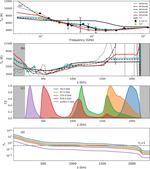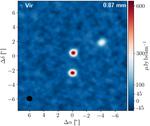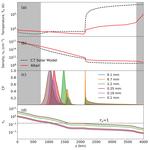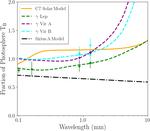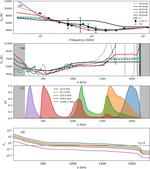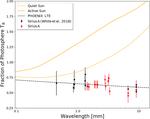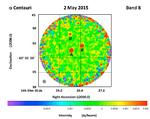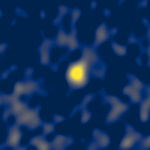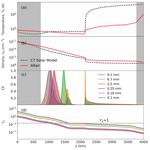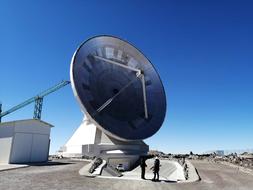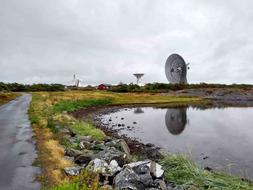About me
PhD Candidate in Astrophysics. I currently specialize in the modern deployment of applications in hybrid clouds. My interests focus on optimizing the cost-benefit of the use of cloud services. In my free time, I like to test latest technologies in my homelab and make coffee. In the scientific field, my research focuses on the study of stellar atmospheres in main sequence stars using radio observations and the development of solutions for high-performance computing.
Download my resumé.
- DevOps
- Hybrid cloud
- Containers
- Kubernetes
- Stellar Atmospheres
- Main Sequence Stars
- Chromospheres
- Radioastronomy
- High Performance Computing
PhD in Astrophysics, Currently
Universidad Nacional Autónoma de México
MsC in Earth Sciences, 2019
Universidad Nacional Autónoma de México
BSc in Phyiscs, 2017
Universidad Michoacana de San Nicolás de Hidalgo
Skills
AWS, GCP, and DO. AWS certification in process.
Docker, Kubernetes, GitLab CI/CD, and GitHub Actions.
Advance GNU-Linux and MacOS user. Knowledge of Windows OS. SysAdmin certification in process.
High Performance Computing solutions. Hybrid clouds. Clustering using ARM technologies.
I code with the main programming lenguages (C, Python, Java, Julia, GO).
Experience with the most popular configuration management software, such as Terraform, Ansible, and Chef.
Internships
Recent Publications
Talks
Teaching
Contact
- f.tapia@irya.unam.mx
- Antigua Carretera a Pátzcuaro 8701, Colonia Ex-Hda. San José de la Huerta, Morelia, Michoacán 58089

